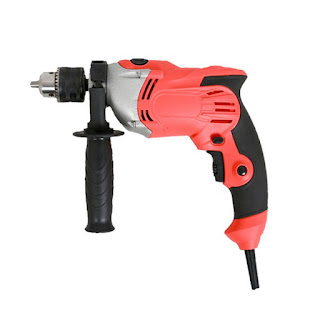How to Choose the Right Disposable Medical Isolation Gown?
Welcome to the ultimate guide on disposable medical isolation gown! In this comprehensive article, we will explore everything you need to know about these essential protective garments. Whether you're a healthcare professional, a patient, or simply curious about medical safety equipment, this guide will provide you with valuable insights and information. So, let's dive right in and discover the world of disposable medical isolation gowns!
Disposable Medical Isolation Gown: An Overview
A disposable medical isolation gown is a crucial piece of personal protective equipment (PPE) designed to protect healthcare workers and patients from the transmission of infectious diseases. These gowns are typically worn in healthcare settings, such as hospitals, clinics, and laboratories, where there is a higher risk of exposure to pathogens. They act as a barrier, preventing direct contact between the wearer's clothing and potentially harmful substances.

The Importance of Disposable Medical Isolation Gowns
Wearing disposable medical isolation gowns is vital for maintaining a safe and hygienic environment in healthcare facilities. These gowns provide a physical barrier against blood, bodily fluids, and other contaminants, reducing the risk of cross-contamination. By preventing the transfer of pathogens, they help safeguard the health and well-being of both healthcare workers and patients.
Types of Disposable Medical Isolation Gowns
Disposable isolation gown come in various types, each designed for specific purposes and levels of protection. Let's explore some of the common types:
1. Standard Protection Gowns
Standard protection gowns are the most basic type of disposable medical isolation gowns. They are made of lightweight, breathable materials and provide a minimal level of fluid resistance. These gowns are suitable for low-risk situations where there is limited exposure to bodily fluids.
2. Fluid-Resistant Gowns
Fluid-resistant gowns offer a higher level of protection compared to standard gowns. They are designed with materials that provide an increased resistance to liquids, such as blood and other bodily fluids. These gowns are commonly used in surgical settings or when there is a higher risk of exposure to potentially infectious substances.
3. Surgical Gowns
Surgical gowns are specifically designed for use during surgical procedures. They offer a high level of protection against contaminants and are typically made of a non-woven fabric that is impermeable to fluids. Surgical gowns often have reinforced areas, such as the chest and sleeves, to provide extra protection in critical zones.
4. Reinforced Gowns
Reinforced gowns are similar to surgical gowns but feature additional reinforcement in critical areas. These gowns are commonly used in procedures where there is a higher risk of fluid penetration, such as orthopedic surgeries or surgeries involving high-pressure instruments.
How to Choose the Right Disposable Medical Isolation Gown?
Selecting the appropriate disposable medical isolation gown is crucial to ensure the safety and well-being of healthcare workers and patients. Here are some factors to consider when choosing the right gown:
1. Level of Protection
Evaluate the level of protection required based on the specific tasks and potential hazards in your healthcare setting. Assess the risk of exposure to bodily fluids and choose a gown that offers an appropriate level of fluid resistance.
2. Material
Consider the material used in the gown. Common materials include non-woven fabrics, such as polypropylene, which are lightweight, breathable, and provide a good balance between comfort and protection.
3. Size and Fit
Ensure the gown fits well and allows for freedom of movement. Ill-fitting gowns may compromise the protective barrier and hinder the wearer's mobility, leading to discomfort and potential safety risks.
4. Compliance with Standards
Check if the disposable medical isolation gown complies with relevant standards and regulations, such as those set by the Food and Drug Administration (FDA) or the American Society for Testing and Materials (ASTM). Compliance ensures the gown meets the necessary safety requirements.
5. Ease of Use and Removal
Consider the ease of donning and doffing the gown. A well-designed gown should have user-friendly features, such as adjustable closures and easy-to-follow instructions for proper usage and removal.
Conclusion
Disposable medical isolation gowns play a vital role in protecting healthcare workers and patients from the transmission of infectious diseases. By understanding the different types of medical protective clothing gowns available, how to choose the right one, and following proper usage guidelines, we can create a safer healthcare environment. Remember, when it comes to infection control, every precaution counts. Stay safe, stay protected!

评论
发表评论